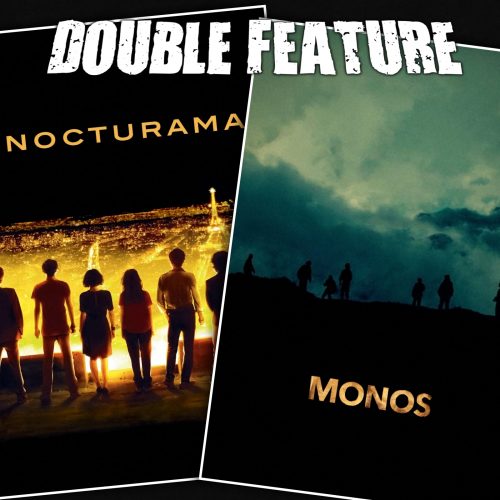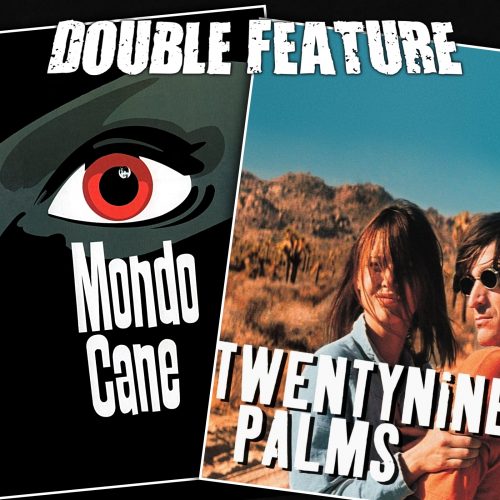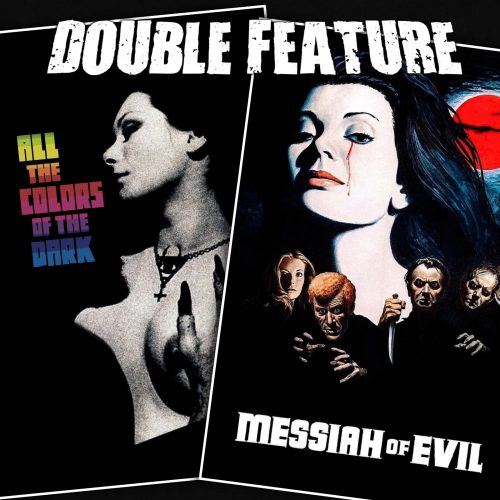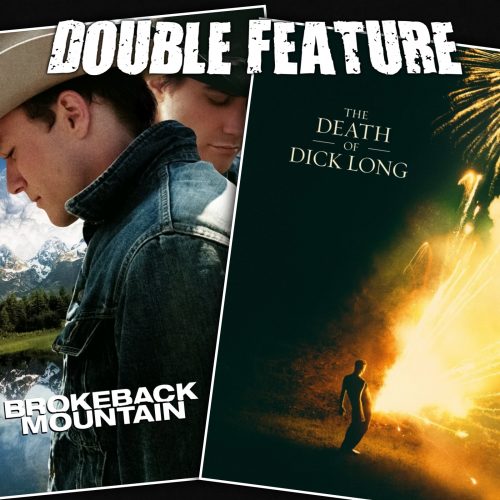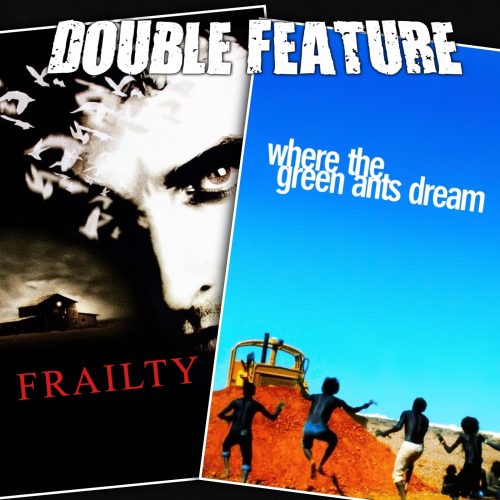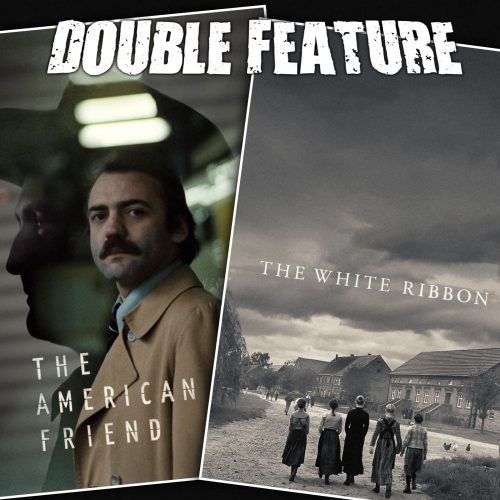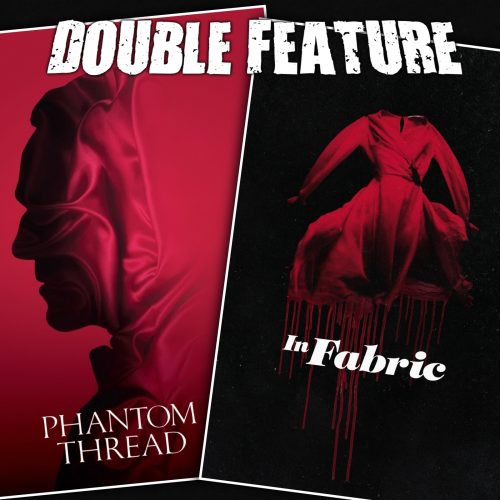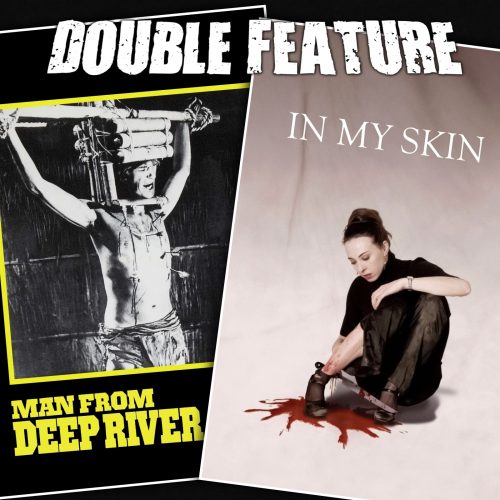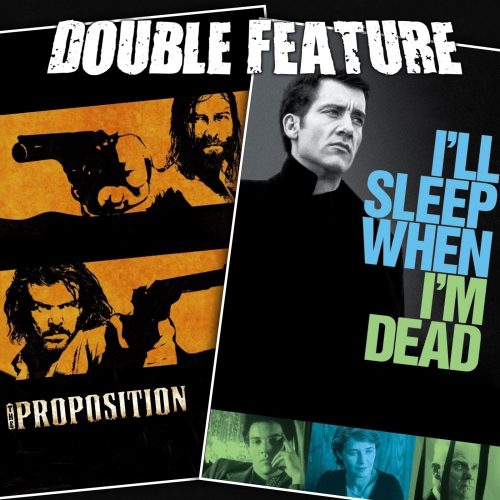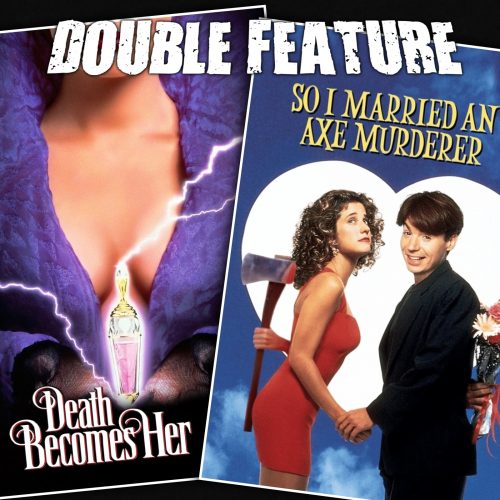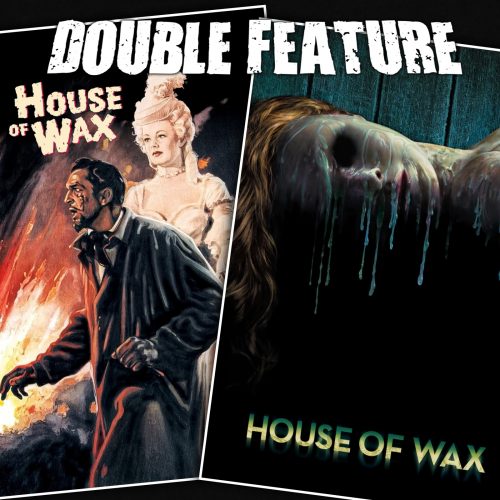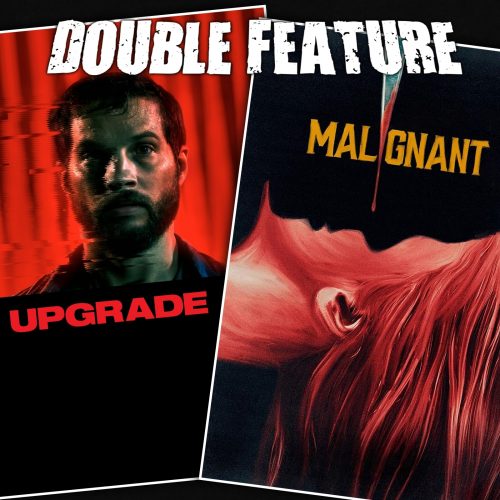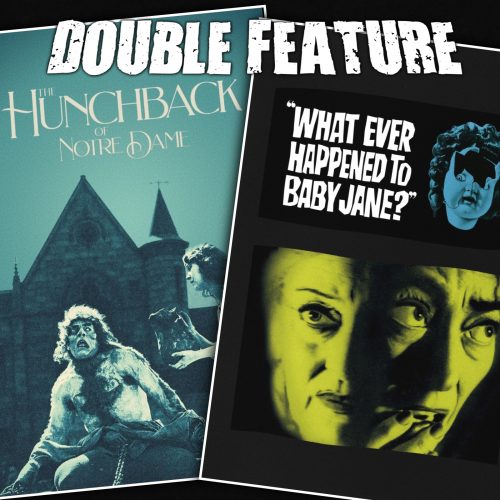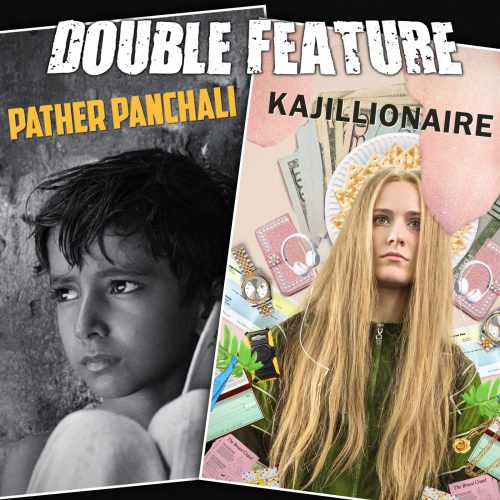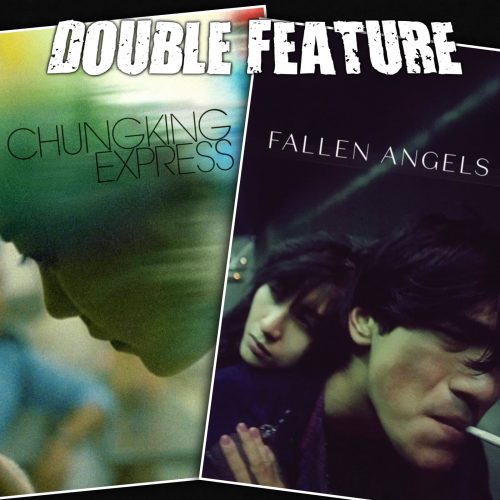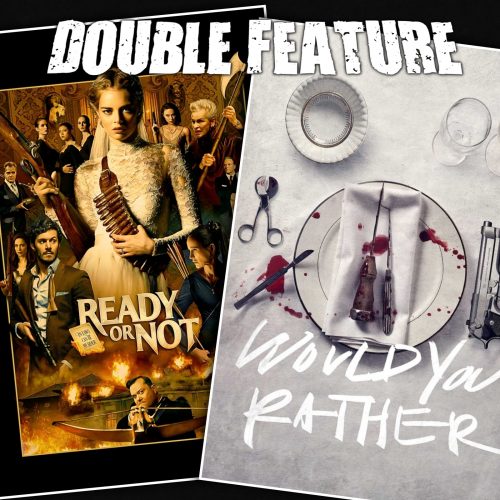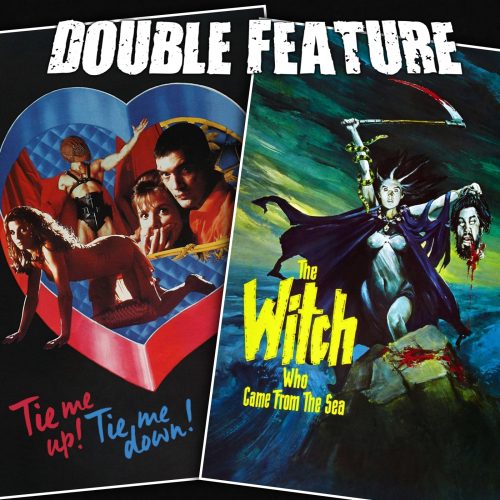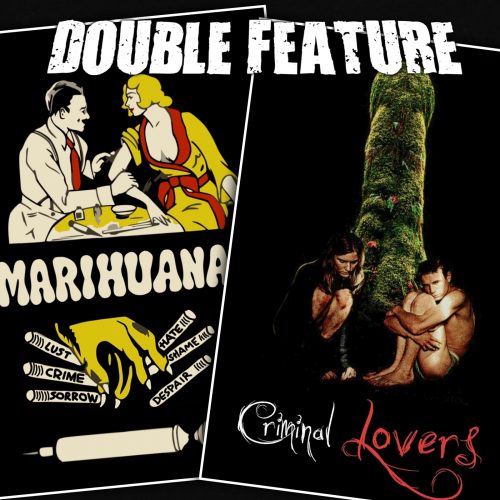
Swimming Pool, directed by François Ozon, and The Vanishing, directed by George Sluizer, both explore the concept of identity and the lengths to which individuals will go to uncover the truth. In Swimming Pool, author Sarah Morton travels to her publisher’s house in the South of France to finish her latest novel, but becomes embroiled in the mystery surrounding the disappearance of Julie, the publisher’s daughter. As Sarah delves deeper into the investigation, she begins to question her own identity and whether she is capable of committing a crime. The Vanishing follows the story of Rex, a man whose girlfriend disappears while on vacation at a gas station. As he searches for answers, he becomes increasingly obsessed with uncovering the truth and is ultimately faced with the disturbing realization that he may never know what happened to his loved one. Both films examine the complex relationship between perception and reality and the destructive power of obsession.


